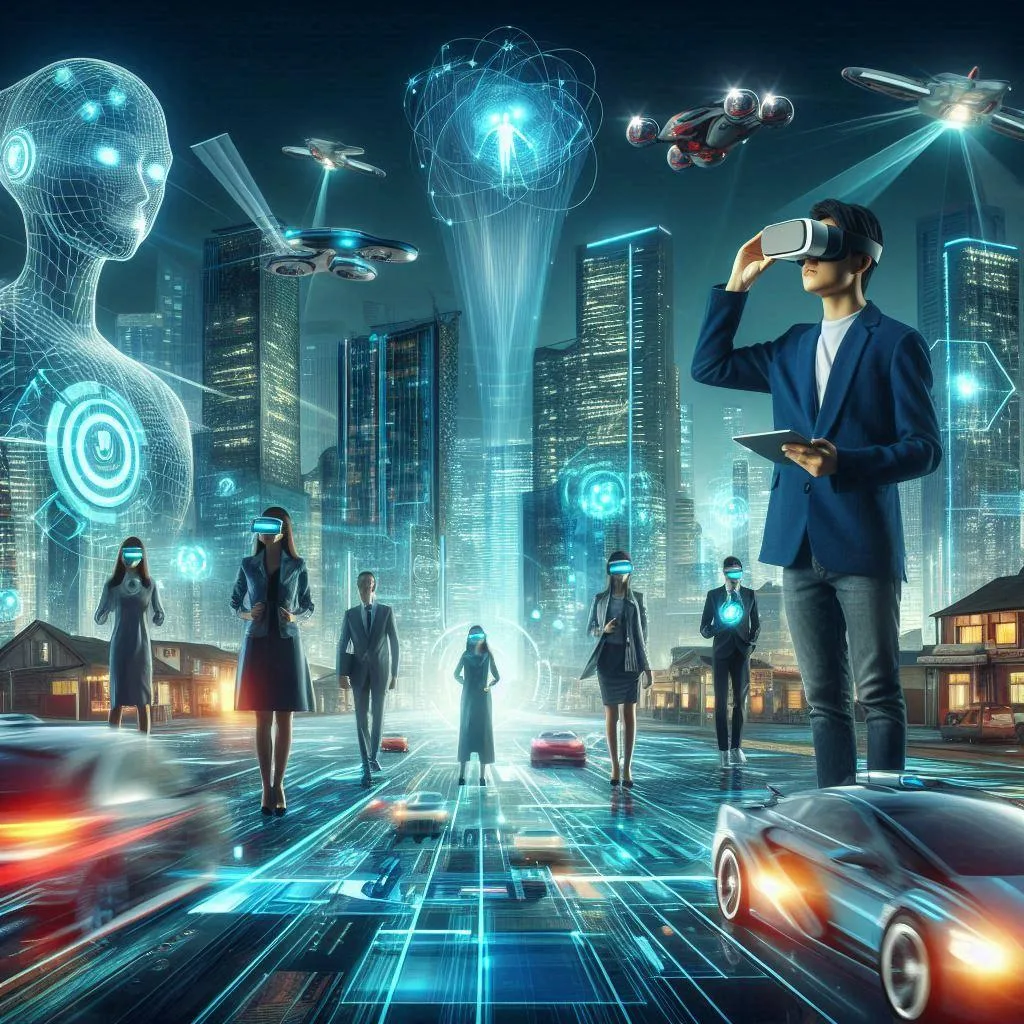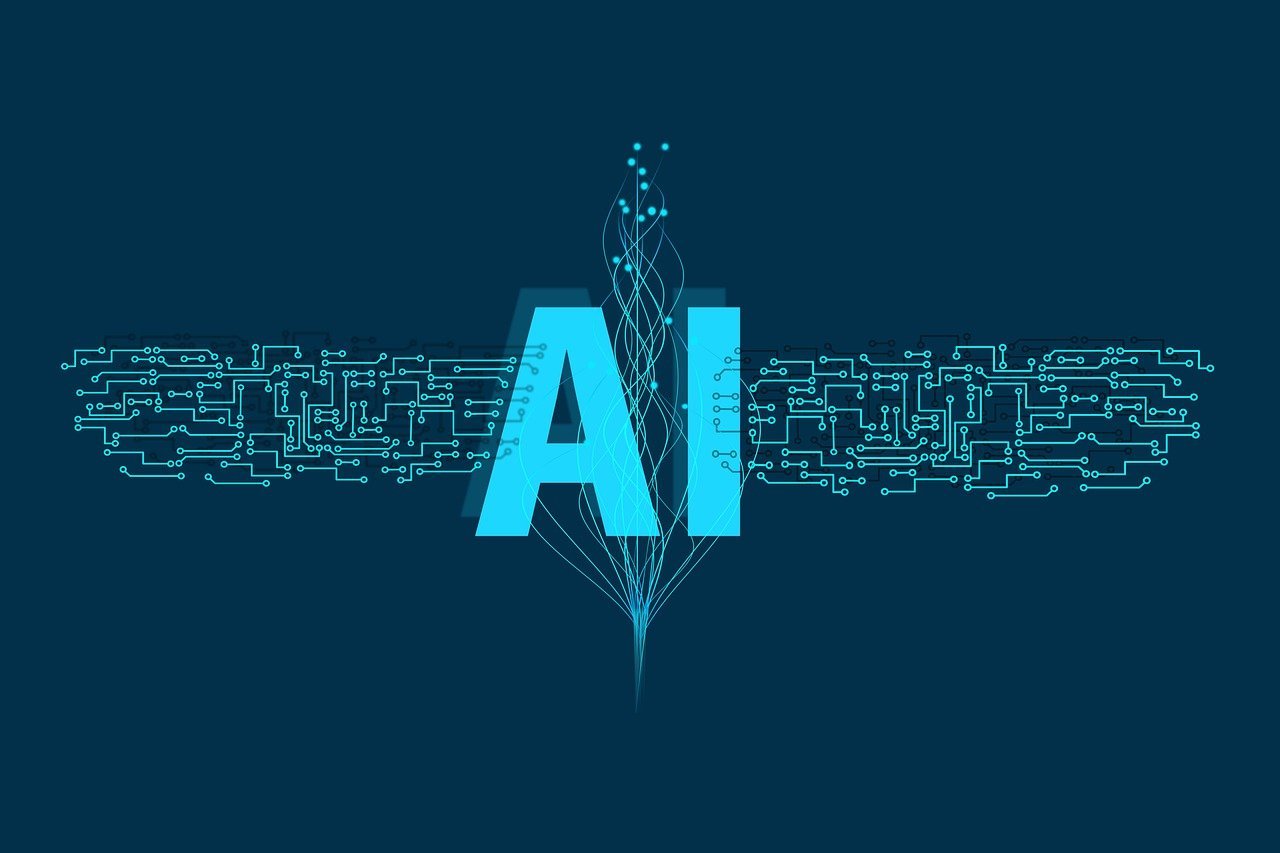What is Predictive Technology?
Predictive technology refers to a set of tools and techniques used to forecast future events by analyzing historical data. It leverages statistical algorithms, machine learning, and artificial intelligence (AI) to identify patterns and trends, enabling businesses and organizations to make informed decisions. Predictive technology is widely used in various industries, including healthcare, finance, marketing, and manufacturing, to improve efficiency, reduce costs, and enhance customer satisfaction.
Historical Background and Evolution
The concept of predictive technology has evolved significantly over the years. Initially, it was limited to basic statistical methods and simple algorithms. However, with the advent of big data and advancements in AI, predictive technology has become more sophisticated and accurate. Early applications were primarily in weather forecasting and financial markets, but today, they span a wide range of fields, from healthcare to marketing. For a detailed look at the past, present, and future of automated predictive technology, you can refer to this Forbes article.
How Predictive Technology Works
Key Components and Algorithms
Predictive technology relies on several key components and algorithms to function effectively. These include:
- Data Collection: Gathering relevant data from various sources, such as databases, sensors, and social media.
- Data Preprocessing: Cleaning and organizing the data to ensure accuracy and consistency.
- Feature Selection: Identifying the most relevant variables that influence the outcome.
- Model Building: Using algorithms like regression, decision trees, and neural networks to create predictive models.
- Model Evaluation: Testing the models to ensure they provide accurate predictions.
Data Collection and Analysis
Data collection is a critical step in predictive technology. It involves gathering data from multiple sources, including historical records, real-time sensors, and external databases. Once collected, the data is analyzed to identify patterns and trends. This analysis helps in building predictive models that can forecast future events with a high degree of accuracy.
Machine Learning and AI in Predictive Technology
Machine learning and AI play a crucial role in predictive technology. These technologies enable the creation of complex models that can learn from data and improve over time. Machine learning algorithms, such as supervised learning, unsupervised learning, and reinforcement learning, are used to build predictive models that can handle large datasets and provide accurate predictions. For more information on machine learning and its applications, you can read this article. Additionally, understanding deep learning is essential, and this article provides a comprehensive overview.
Applications of Predictive Technology
Predictive Analytics in Business
Predictive analytics is widely used in business to forecast sales, optimize marketing campaigns, and improve customer retention. By analyzing historical data, businesses can identify trends and patterns that help them make informed decisions. For example, predictive analytics can help retailers forecast demand, optimize inventory, and personalize marketing efforts.
Healthcare and Medical Predictions
In healthcare, predictive technology is used to predict disease outbreaks, patient outcomes, and treatment effectiveness. By analyzing patient data, healthcare providers can identify high-risk patients, optimize treatment plans, and improve patient outcomes. Predictive technology also plays a crucial role in personalized medicine, where treatments are tailored to individual patients based on their genetic makeup and medical history.
Predictive Maintenance in Manufacturing
Predictive maintenance is a key application of predictive technology in manufacturing. By analyzing data from sensors and equipment, manufacturers can predict when a machine is likely to fail and perform maintenance before a breakdown occurs. This helps in reducing downtime, improving efficiency, and extending the lifespan of equipment.
Financial Forecasting
In the financial sector, predictive technology is used for risk assessment, fraud detection, and investment forecasting. By analyzing historical financial data, predictive models can identify potential risks and opportunities, helping financial institutions make informed decisions. Predictive technology also plays a crucial role in algorithmic trading, where trading decisions are made based on predictive models.
Predictive Technology in Marketing
Predictive technology is transforming marketing by enabling businesses to target the right customers with the right messages at the right time. By analyzing customer data, predictive models can identify potential customers, predict their behavior, and personalize marketing efforts. This helps in improving customer engagement, increasing conversion rates, and optimizing marketing spend.
Benefits of Predictive Technology
Increased Efficiency and Productivity
Predictive technology helps businesses improve efficiency and productivity by automating processes and optimizing resource allocation. By predicting future events, businesses can plan better and allocate resources more effectively, leading to increased productivity and reduced costs.
Cost Savings and Resource Optimization
Predictive technology enables businesses to save costs by reducing waste and optimizing resource utilization. For example, predictive maintenance helps manufacturers avoid costly breakdowns and extend the lifespan of equipment. Similarly, predictive analytics helps retailers optimize inventory and reduce stockouts.
Enhanced Decision-Making
Predictive technology provides businesses with valuable insights that enhance decision-making. By analyzing historical data and identifying trends, businesses can make informed decisions that drive growth and improve performance. Predictive models also help in identifying potential risks and opportunities, enabling businesses to take proactive measures.
Improved Customer Satisfaction
Predictive technology helps businesses improve customer satisfaction by providing personalized experiences and timely solutions. By predicting customer behavior and preferences, businesses can tailor their offerings to meet customer needs, leading to increased satisfaction and loyalty.
Challenges and Limitations
Data Privacy and Security Concerns
One of the major challenges of predictive technology is ensuring data privacy and security. With the increasing amount of data being collected and analyzed, there is a risk of data breaches and misuse. Businesses must implement robust security measures and comply with data privacy regulations to protect customer data.
Accuracy and Reliability Issues
Predictive models are not always accurate and reliable. The accuracy of predictions depends on the quality of data and the effectiveness of algorithms. Inaccurate predictions can lead to wrong decisions and negative outcomes. Businesses must continuously monitor and update their predictive models to ensure accuracy.
Ethical Considerations
Predictive technology raises several ethical concerns, such as bias in algorithms, discrimination, and invasion of privacy. Businesses must ensure that their predictive models are fair and unbiased and that they do not violate ethical standards. Transparency and accountability are crucial in addressing these ethical concerns.
Integration with Existing Systems
Integrating predictive technology with existing systems can be challenging. Businesses must ensure that their predictive models are compatible with their current infrastructure and that they can seamlessly integrate with other systems. This requires careful planning and coordination.
Future Trends in Predictive Technology
Advances in AI and Machine Learning
The future of predictive technology lies in advances in AI and machine learning. These technologies will enable the creation of more sophisticated and accurate predictive models. Future developments in AI and machine learning will also make predictive technology more accessible and affordable for businesses of all sizes. To understand the current state and future of AI, you can read this article.
Emerging Use Cases and Industries
Predictive technology will continue to find new applications in various industries. Emerging use cases include predictive policing, smart cities, and personalized education. As predictive technology evolves, it will transform industries and create new opportunities for innovation and growth.
Impact of Big Data and IoT
The proliferation of big data and the Internet of Things (IoT) will have a significant impact on predictive technology. With more data being generated from connected devices, predictive models will become more accurate and reliable. The integration of big data and IoT will also enable real-time predictions and decision-making.
Implementing Predictive Technology
Steps for Successful Implementation
Implementing predictive technology requires careful planning and execution. The key steps for successful implementation include:
- Define Objectives: Clearly define the objectives and goals of the predictive technology project.
- Data Collection: Gather relevant data from various sources.
- Model Building: Develop predictive models using appropriate algorithms.
- Model Evaluation: Test and validate the models to ensure accuracy.
- Integration: Integrate the predictive models with existing systems.
- Monitoring: Continuously monitor and update the models to maintain accuracy.
Tools and Platforms
Several tools and platforms are available for implementing predictive technology. These include:
- IBM Watson: A powerful AI platform that provides tools for building and deploying predictive models. More information can be found here.
- Google Cloud AI: A suite of AI and machine learning tools for developing predictive models. More information can be found here.
- Microsoft Azure AI: A comprehensive platform for building and deploying AI solutions. More information can be found here.
Case Studies and Success Stories
Many businesses have successfully implemented predictive technology to achieve significant benefits. For example, a leading retailer used predictive analytics to optimize inventory and reduce stockouts, resulting in increased sales and customer satisfaction. Similarly, a healthcare provider used predictive models to identify high-risk patients and improve patient outcomes.
Conclusion
Summary of Key Points
Predictive technology is a powerful tool that enables businesses to forecast future events and make informed decisions. It leverages data, machine learning, and AI to identify patterns and trends, providing valuable insights that drive growth and efficiency. Despite its challenges, predictive technology offers numerous benefits, including increased efficiency, cost savings, and improved customer satisfaction.
Future Outlook and Potential
The future of predictive technology is promising, with advances in AI and machine learning driving its evolution. As predictive technology continues to evolve, it will find new applications and transform industries. Businesses that embrace predictive technology will be better positioned to thrive in an increasingly data-driven world.


